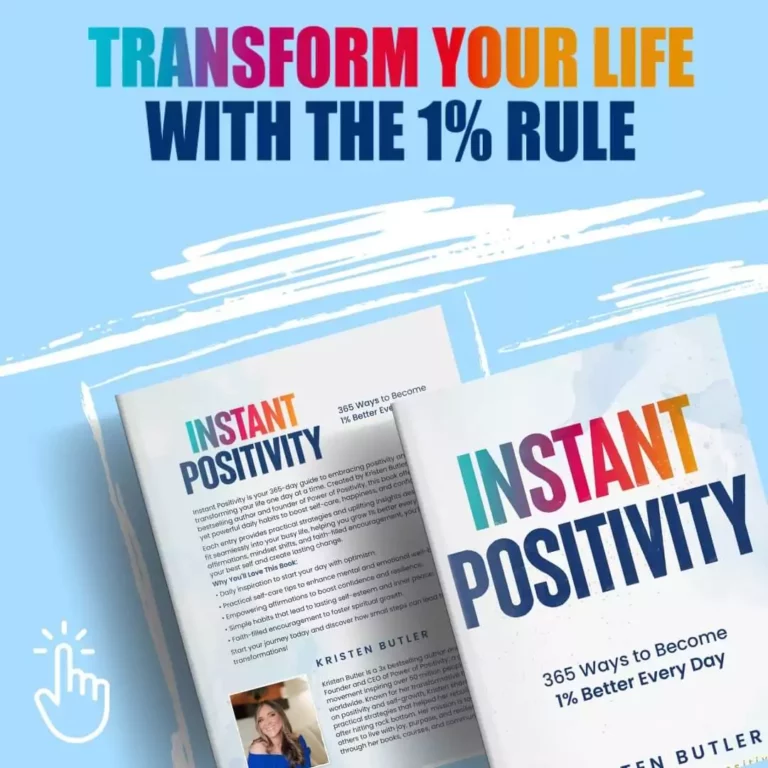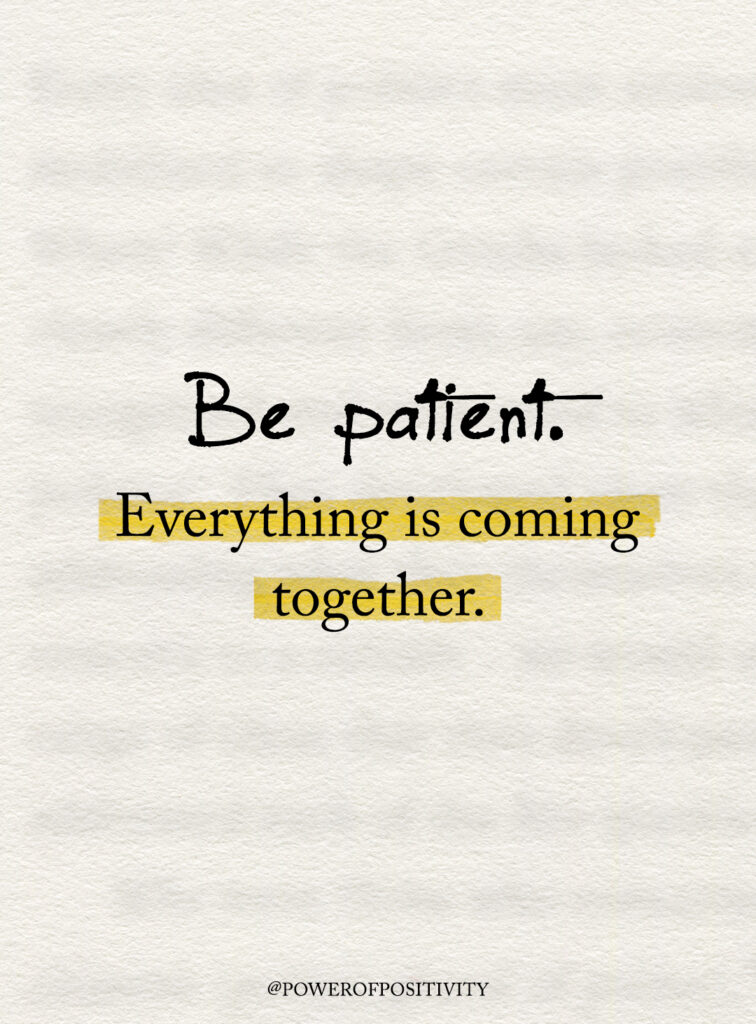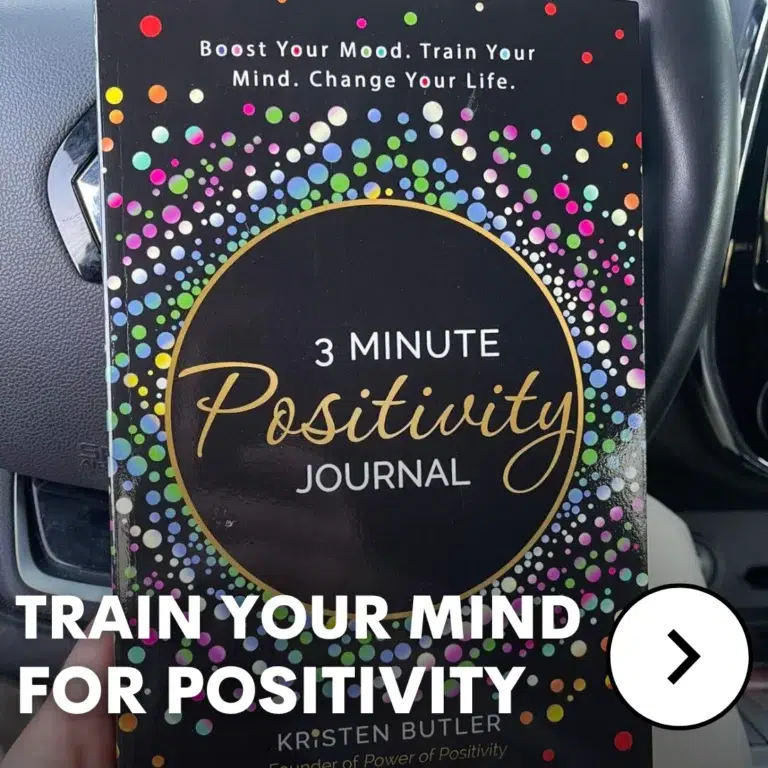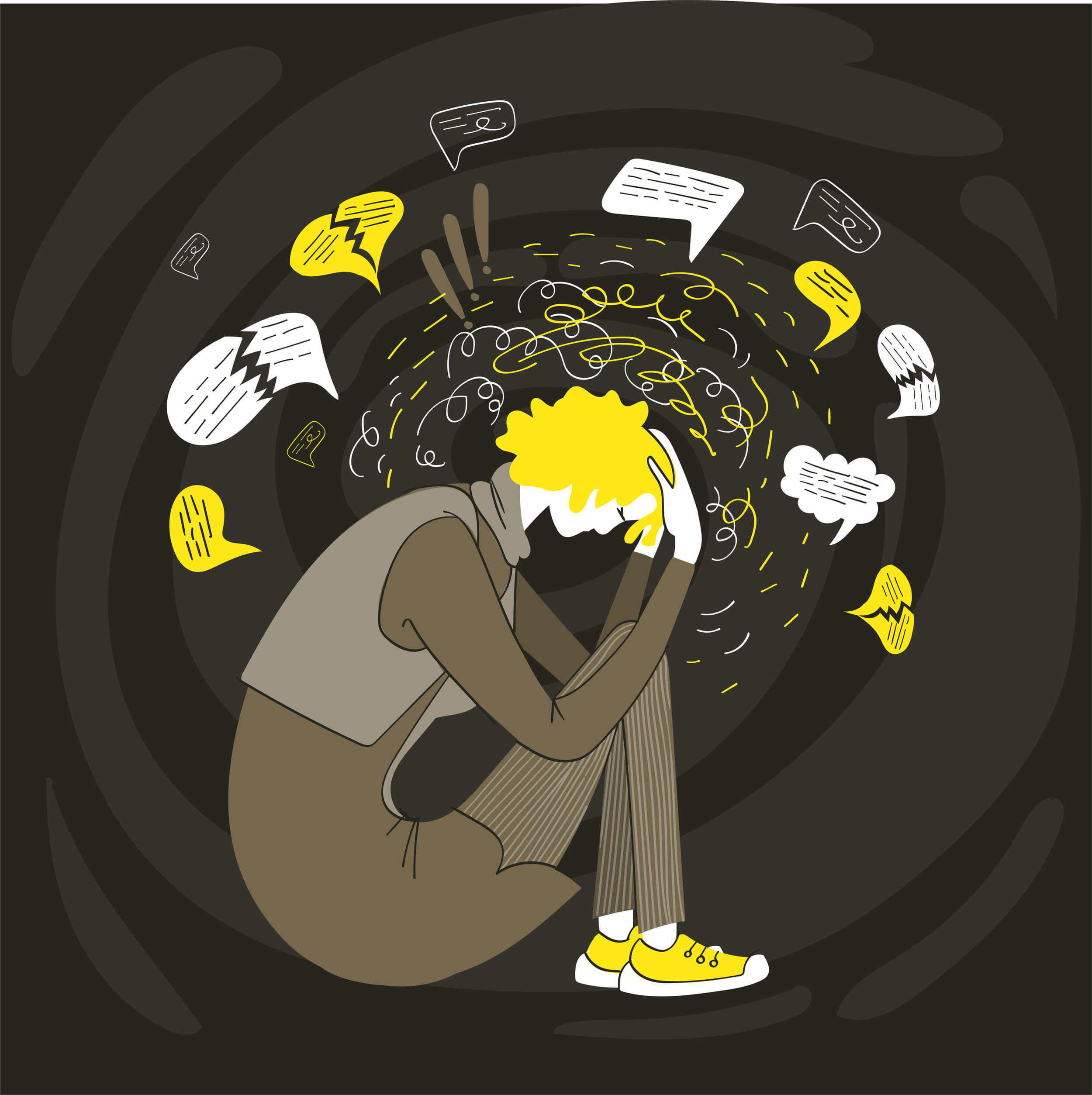Yoga often gets labeled as just another workout — a way to stretch, sweat, and build strength. But anyone who’s stuck with it knows there’s something deeper going on. It doesn’t just shape your body; it reshapes how you think, how you handle stress, and even how you connect with people around you.
What’s powerful is the way yoga heals without you always noticing. One day you might feel calmer after class, another day you catch yourself being kinder to your body, and over time you realize your whole outlook has shifted. That’s the quiet magic behind the practice — the changes don’t stay on the mat.
In the sections ahead, we’ll walk through how yoga helps on every level: physically, emotionally, mentally, socially, and even spiritually. Each part shows how this practice works as more than exercise — it’s a full-circle way of healing.
The Physical Foundation of Healing
Yoga works first on the body, which sets the stage for all other healing. Stronger muscles and steady balance are just the starting points. What really matters is how daily movement slowly restores trust in your body.
Ways yoga supports physical healing:
- Builds strength in big and small muscles
- Improves balance and posture, reducing back or joint pain
- Increases flexibility so everyday tasks feel easier
Breath also plays a big role. Deep, slow breathing while moving helps lower tension in the body and eases tightness. It keeps blood flowing smoothly, feeding muscles with oxygen and calming the heart rate. Over time, this simple mix of movement and breath makes the body feel lighter and less strained.
Yoga heals here by proving that small, consistent actions — stretching, breathing, holding poses — can bring lasting physical change.
Calming the Nervous System
Stress pushes the body into “fight or flight.” Yoga works as the opposite button, guiding the nervous system back into a calmer “rest and digest” state.
How yoga calms stress:
- Slow breathing signals safety to the brain
- Gentle poses help release built-up tension
- Restful postures like child’s pose reset the body
Another important piece is the vagus nerve. This nerve connects the body to the brain, and when it’s stimulated through deep breathing and mindful movement, it improves mood and emotional stability. Scientists call this “vagal tone,” and a healthy vagus nerve means better control of stress and more steady emotions.
By combining movement with breath, yoga heals both body and brain. The nervous system shifts out of panic mode, giving you more space to think clearly and handle daily challenges without being overwhelmed.
Emotional Release Through Movement
Emotions don’t just live in the mind — they often show up in the body as tight shoulders, a heavy chest, or a stiff back. Yoga makes it easier to notice these signals and gently let them go.
How yoga helps with emotional release:
- Creates space to feel emotions without judgment
- Uses movement to process stress the body has stored
- Encourages calm through breath rather than words
For many, it feels like finally having a safe outlet. Instead of needing to explain feelings, the body gets to work them out through stretches, mindful breathing, and simple postures. This is why so many people leave a class feeling lighter, as if a weight has been lifted.
Yoga heals emotions by giving people a way to release without forcing them to talk or relive painful memories.
Mental Clarity and Focus
Racing thoughts make it hard to focus. Yoga helps settle that mental noise by bringing attention back to simple things: breath, movement, and stillness.
Benefits for the mind:
- Calms racing thoughts
- Strengthens concentration
- Supports better decision-making
When the brain stays focused on one pose or the rhythm of breathing, distractions lose their power. Studies also show yoga strengthens the prefrontal cortex — the part of the brain that manages focus, planning, and problem-solving. This helps people make clear choices instead of reacting in panic or stress.
Through consistent practice, yoga heals mental clutter and replaces it with sharper awareness and a calmer outlook.
Rebuilding Self-Connection
Many people spend years being critical of their bodies. Yoga offers a fresh way to relate to yourself — with care instead of judgment.
How yoga rebuilds connection with self:
- Encourages acceptance of how the body feels today
- Focuses on effort, not perfection
- Makes exercise about well-being, not punishment
Instead of chasing weight loss or pushing for performance, yoga highlights how movement feels. Some days it’s strong and steady, other days it’s gentle and slow — both are valid. This change helps people reconnect with their body as something to be cared for, not criticized.
Over time, yoga heals self-image by shifting focus from “how I look” to “how I feel.”
The Social Dimension of Healing
Healing doesn’t always happen alone. Yoga classes can bring people together in ways that build belonging and support.
Social benefits of yoga:
- Practicing in groups builds community
- Shared breathing and movement create connection
- Being part of a class reduces loneliness
Moving and breathing in sync with others creates trust and empathy. Even in silence, the shared rhythm makes people feel less isolated. For many, this sense of community becomes just as healing as the physical practice itself.
In this way, yoga heals socially too — it helps people feel part of something bigger than themselves.
Trauma-Sensitive Yoga and Agency
Trauma often leaves people feeling powerless. Trauma-sensitive yoga gives back a sense of choice and control.
Key principles of trauma-informed yoga:
- Every movement is optional
- Students are encouraged to choose what feels safe
- Teachers focus on creating supportive, welcoming spaces
By allowing participants to decide whether to move, rest, or breathe in their own way, yoga provides a safe space where the body is respected. For trauma survivors, this simple sense of agency can be deeply healing.
Instead of reliving past pain, the focus is on the present moment: “I can choose this pose,” or “I can rest now.” These small choices build trust in the body again.
Yoga heals here by restoring control and showing that safety can exist in movement.
Spiritual Nourishment and Inner Growth
Yoga also feeds the part of us that looks for meaning and peace. Beyond the physical postures, it opens a path to stillness and reflection.
Spiritual ways yoga helps:
- Connects breath and movement to mindfulness
- Encourages stillness in poses like savasana
- Brings a sense of calm and inner balance
For some, this feels spiritual, for others, it’s simply quiet time for the mind. Both are valid. The point is that yoga offers space for reflection — something often missing in daily life.
In its quietest moments, yoga heals the spirit by reminding people that peace can be found within.
Yoga’s Place in Modern Healing Approaches
Modern healthcare is starting to see yoga as more than a workout. It works well alongside therapy and medical treatment to support overall healing.
How yoga fits into modern care:
- Reduces stress for people managing chronic illness
- Supports therapy by calming the body before sessions
- Offers a low-cost, accessible wellness practice
The best part is accessibility. Yoga can be done at home, in a studio, or even in a chair. No expensive gear or big schedule changes are required.
By fitting into everyday life, yoga heals not just the body but also the way people handle stress and manage health long term.
Conclusion – A Holistic Path to Healing
Healing shows up in many forms, and this practice reaches into every part of life. It steadies the body, clears the mind, softens emotions, builds stronger connections, and brings peace to the spirit.
What makes it stand out is not that it replaces medical care or therapy, but that it works alongside them as a steady support. Each breath and posture becomes a small step toward balance and strength, both inside and out.
Even a few quiet minutes on the mat can make a difference. Over time, those minutes add up, showing how consistent practice can reshape the way you feel, think, and live.















